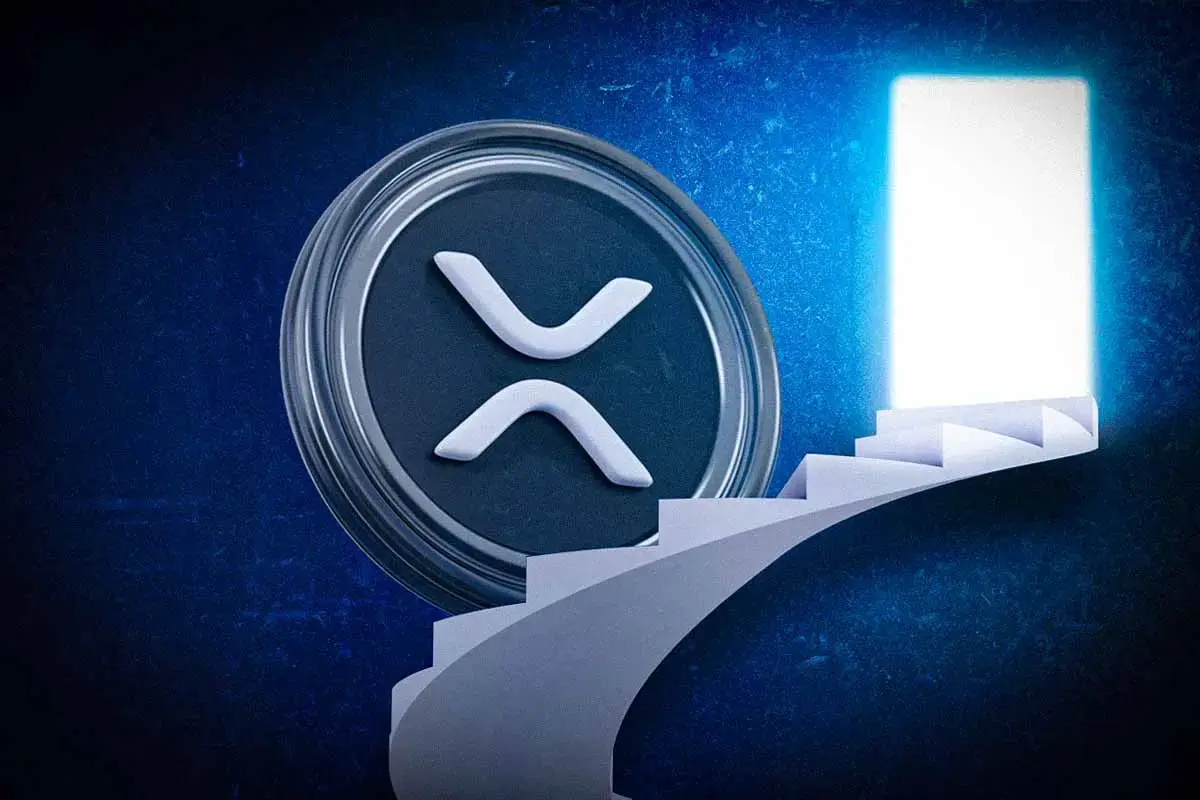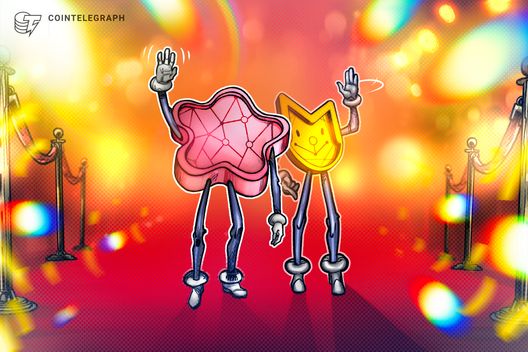ARTICLE AD BOX

- XRP has outpaced two of the most celebrated stock market benchmarks over the past decade: the S&P 500 and the NASDAQ 100.
- Such exponential growth is the result of multiple factors converging at the right time, like its utility, Infrastructure, and emerging ETF Speculation.
Ripple’s (XRP) journey has been a rollercoaster. After peaking near $3.80 in early 2018, it collapsed and spent years stuck below $2, missing out on bull runs in 2021 and beyond. Critics pointed to this slump as evidence that the token couldn’t deliver, with some, like macro investor Raoul Pal, warning XRP would miss the broader crypto rebound.
But what looked like a stagnating asset had actually been quietly outperforming traditional markets. XRP surged 580% between November 2024 and January 2025, clawing its way back above $2. This caught the attention of data analysts, and now, we can see why.
Crushing the S&P 500 and Nasdaq 100
Let’s rewind to June 2015. At the time, XRP was trading at a modest $0.011 per token, just three years after it was launched. XRP didn’t have the media buzz of Bitcoin (BTC), nor the developer hype of Ethereum (ETH); it was simply seen as a digital token with some promise and an unproven use case.
Ten years later, and even with all the volatility, the SEC lawsuits, XRP is now trading around $2.08 after a slight dip of 3.78% in the past week. When you do the math, that’s a 19,000% increase over the course of just one decade.
To understand this, let’s look at a simple investment simulation and compare it to more traditional options. Imagine you had $10,000 to invest in June 2015, and you had to choose between three options: the S&P 500, the NASDAQ 100, or XRP.
Let’s start with the S&P 500 (SPX), the go-to index for tracking the performance of the largest U.S. public companies. Back in 2015, the S&P was sitting at around 2,063 points. Today, it’s trading near 6,141. That translates to a return of about +197% over ten years. Therefore, a $ 10,000 investment back then would now be worth approximately $29,700.
Next, we have the NASDAQ 100 (NDX), a tech-focused index loaded with giants like Apple, Microsoft, and Nvidia. In June 2015, the NASDAQ 100 was priced at around 4,588 points. As of now, it’s soared to about 22,447. That’s a massive +389% gain over the same ten-year span. Your $10,000 investment here would have grown to $48,900.
Now, let’s bring it back to XRP. In June 2015, buying XRP at $0.011 with your $10,000 would have given you over 909,000 XRP tokens. Fast forward to today, with XRP trading at approximately $2.10, that same pile of tokens would now be worth over $1.9 million. That’s not a typo.
That’s a return of +18,990%. To put this in clearer perspective, XRP has outperformed the S&P 500 by a jaw-dropping 6,312% and has outpaced the NASDAQ 100 by an equally impressive 3,801%.
Technical Context
XRP has a fixed supply of 100 billion tokens, with a majority already in circulation. Unlike Bitcoin’s proof-of-work model, XRP relies on a consensus protocol through its Ripple Protocol Consensus Algorithm (RPCA), a system that allows for faster settlement and lower energy use, making it appealing to institutions.
Ripple, the company behind XRP, has spent years building real-world utility. Its cross-border payments solution, RippleNet, integrates with major financial institutions, enabling near-instant and low-cost transactions in an industry plagued by delays and high fees.
XRP is used within On-Demand Liquidity (ODL) services to bridge currency exchanges, reducing the need for pre-funded accounts. Also, the XRP Ledger and its dollar-backed stablecoin RLUSD boost XRP’s potential. In essence, XRP’s tokenomics, combined with its utility and the regulatory environment, are key factors in its long-term value proposition.
.png)
 4 months ago
7
4 months ago
7








 English (US)
English (US)